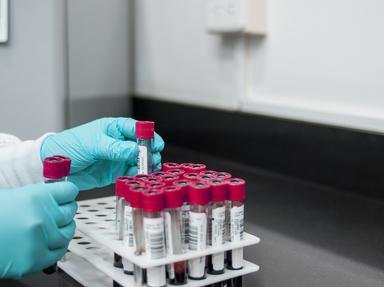Quiz Answer Key and Fun Facts
1. This chemical compound occurs naturally in tea and coffee and is a popular additive to soft drinks.
2. I want to bake a cake and go to my cupboard to get some sucrose. What ingredient am I looking for?
3. I have almost finished the batter for my cake, but there's one more thing I have to add: I get a teaspoon and add some sodium bicarbonate to my batter. What have I just added?
4. My cake is now happily baking in the oven, but I am already hungry. I decide to go to the shop around the corner for some hot chips. When I bring them home, I sprinkle some dilute acetic acid on them before I eat them. What did I just put on my chips?
5. I am chopping some vegetables for dinner. This particular vegetable is making my eyes all teary due to the propanethial S-oxide it contains. Which vegetable am I chopping?
6. Looking through my cupboards, I see that I am almost out of sodium chloride. What will I need to buy next time I go shopping?
7. This popular comfort food has an active ingredient called phenylethylamine. What is it?
8. I'm peeling a fruit and the beautiful aroma of limonene wafts up to my nose. What fruit am I peeling?
9. Having had enough of crying over my chopping board, I move on to chopping another vegetable. I can't resist tasting a little bit of what I've chopped and the taste of capsaicin explodes in my mouth. Which vegetable am I chopping?
10. I'm slicing one last vegetable for dinner - this one is stunningly-coloured due to the beta-carotene it contains. Which vegetable is it?
Source: Author
NatalieW
This quiz was reviewed by FunTrivia editor
crisw before going online.
Any errors found in FunTrivia content are routinely corrected through our feedback system.


